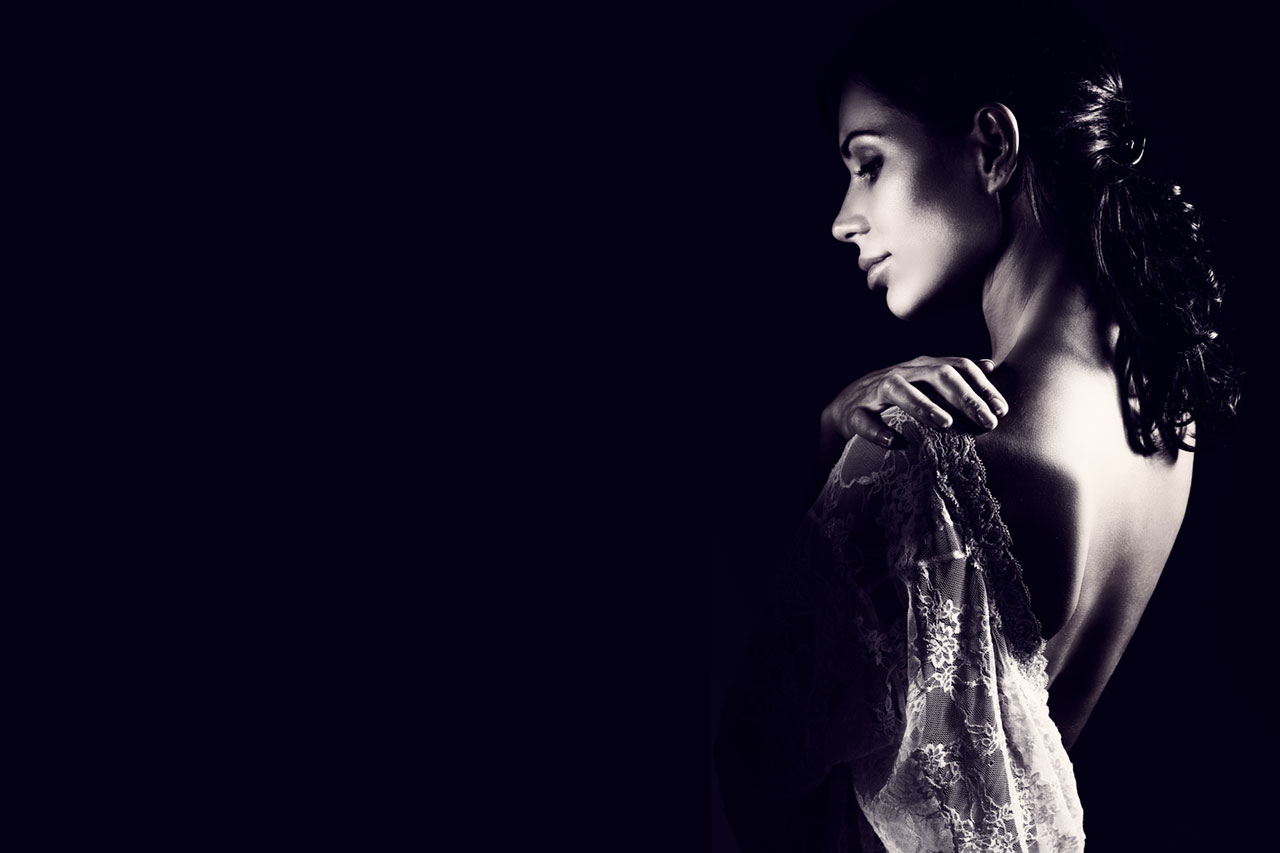Fine Art Photography

Photography has become a core part of human life nowadays with social media platforms such as Instagram being fully pegged on this form of art. Because of this, many forms of this art have sprouted with time; some being generally accepted while others fading out and eventually dying off. Of all the genres of photography, fine art photography has to be one of the most outstanding types of photography. So what is fine art photography?
Also referred to as artistic photography or photographic art, fine art photography is basically art with a personal touch. Fine art photography is more than just a captured picture, it is an image captured to represent the cameraperson’s creative vision. It is an aesthetically valued piece of photographic art that more often than not ends up being artworks that are associated with their photographer, permanently.
Fine art photography has evolved over time. Many names were involved in the evolution of photography from just a moment-capturing experience to become a form of art. In the 19th century, people barely embraced fine art photography. The works of photographers such as Wynn Bullock (1902-1975) and Erwin Blumenfeld (1897-1969) revolutionized this form of art in the 20th century and created acceptance. By the 21st century, fine art photography is a core part of the artistic industry spanning the entire world and garnering billions of dollars annually.
Notable fine art photographers
Over time, fine art photography has been modified through the hands of very many photographers but a few notable names stand out.
Alfred Stieglitz
Reckoned as the founder of fine art photography, Alfred advocated for the use of photography as a form of art rather than just a moment-capturing technology. In the 19th century, where he lived, he published even articles supporting his cause and this eventually earned him recognition in the fine art photography industry. Stieglitz once donated 27 of his favorite pictures to The Boston Museum of Fine Art making him the first artist to have his photographs accepted into a museum’s permanent collection.
Man Ray
This man was the proprietor of using photograms as a form of expression. He contributed to the Dada and Surrealist movements which helped get the artistic works of fine art photography across different media. Also vital to note is that Man Ray had an uncanny ability to move almost seamlessly across photography and painting. This improved his prowess in fine art photography as painting is a hearty form of art- just as fine art photography is.
Ansel Adams
This conversationalist totally revolutionized the landscape photography field. He communicated his messages on the need for environmental awareness by his powerful photographs that represented the entire environmental landscape in such a powerful yet gentle manner. With the unique black and white landscape photography that he specialized on, Ansel touched on an aspect of photography that made him a household name in the fine art photography circles.
Richard Avedon
Richard was a fashion photographer that captured models, runways, and clothes with such precision he was idolized within the circles. This was not enough for him though, he decided to break the shackles of this cocoon and start telling stories that impacted other lives and reshaped the industry. For instance, he is known for revealing the inner emotions of big celebrities such as Marilyn Monroe as well as making life-changing experiences for individuals such as when Domiva moved from the runway to the circus. Richard really understood how fine art photography could impact lives.
Being a fine art photographer requires a few conditions including:
- Research
Research on how you can be a fine art photographer. The online space has a lot of tutorials and inspirations that will help you know just what steps to take to get yourself into that platform where you are a renowned fine art photographer. - Exposure
Expose yourself to previous works of fine art photographers and if possible, have a role model you look up to. Look at pictures and understand the inspiration behind them. This will help you approach photography with an entirely new mindset. - Practice
Get yourself a camera and let it be your best friend. Work around it and capture as many inspirational moments as possible. Go out there and look for beautiful sceneries that have a story behind them or look for people who have a pictorial story to tell. - Open-mindedness
Always ensure you approach fine art photography with an open mind. Remember, it is not about making money but rather about creating aesthetic value with your images.
As you plan to launch your careers as a fine art artist, always remember, it is a very noble venture that you can invest your time in and reap what you desire

Recent Comments